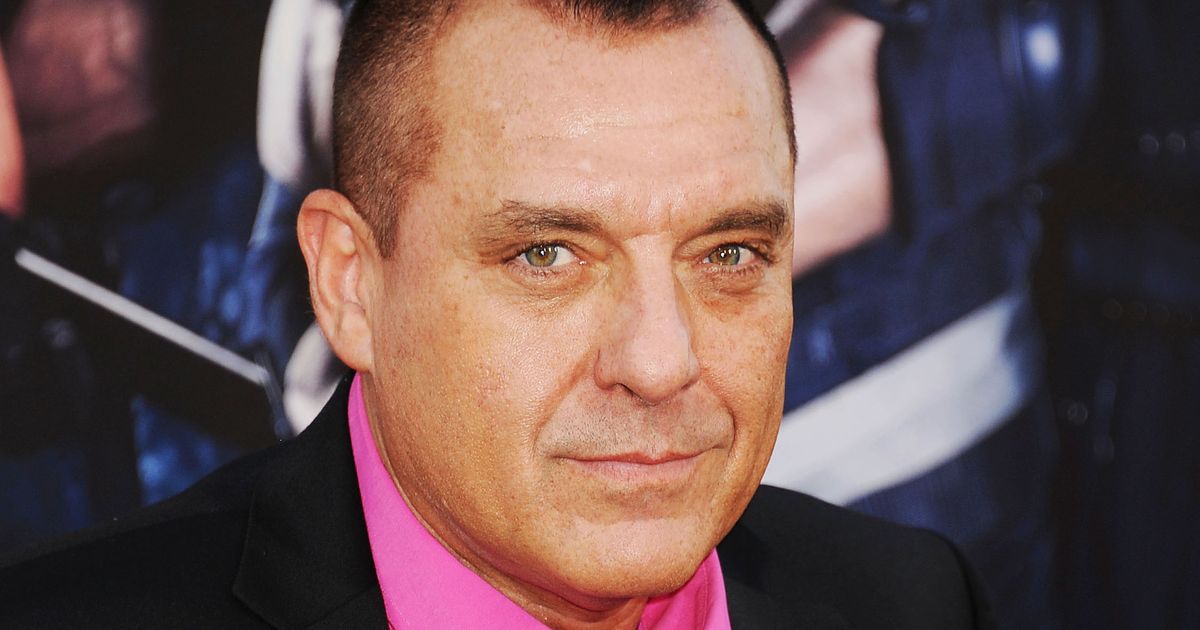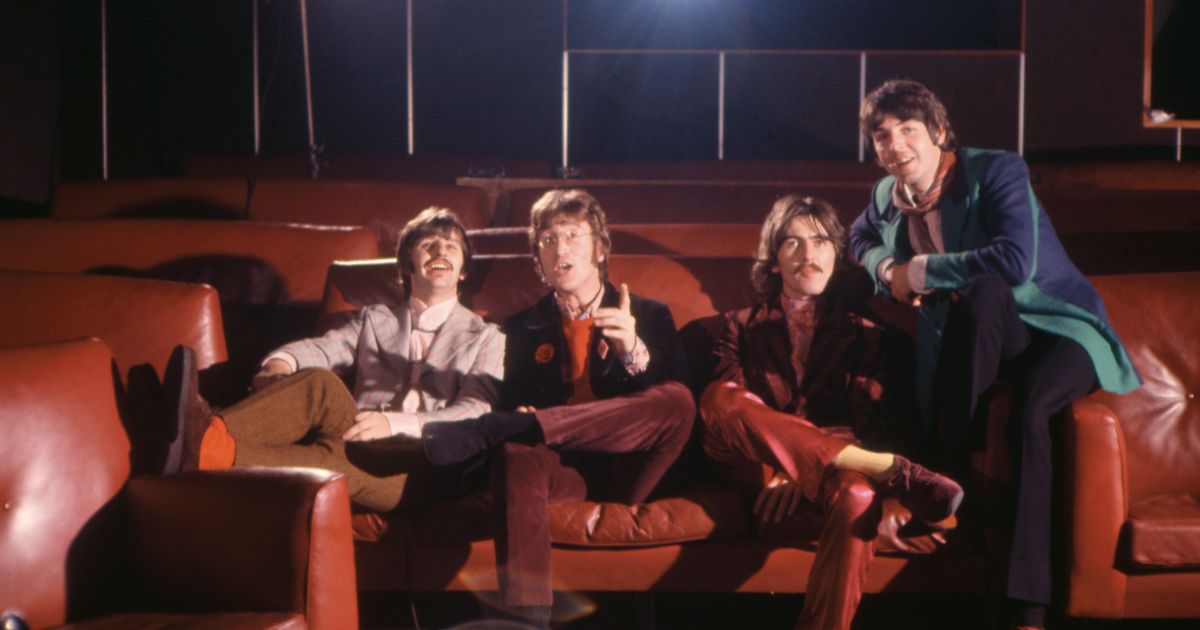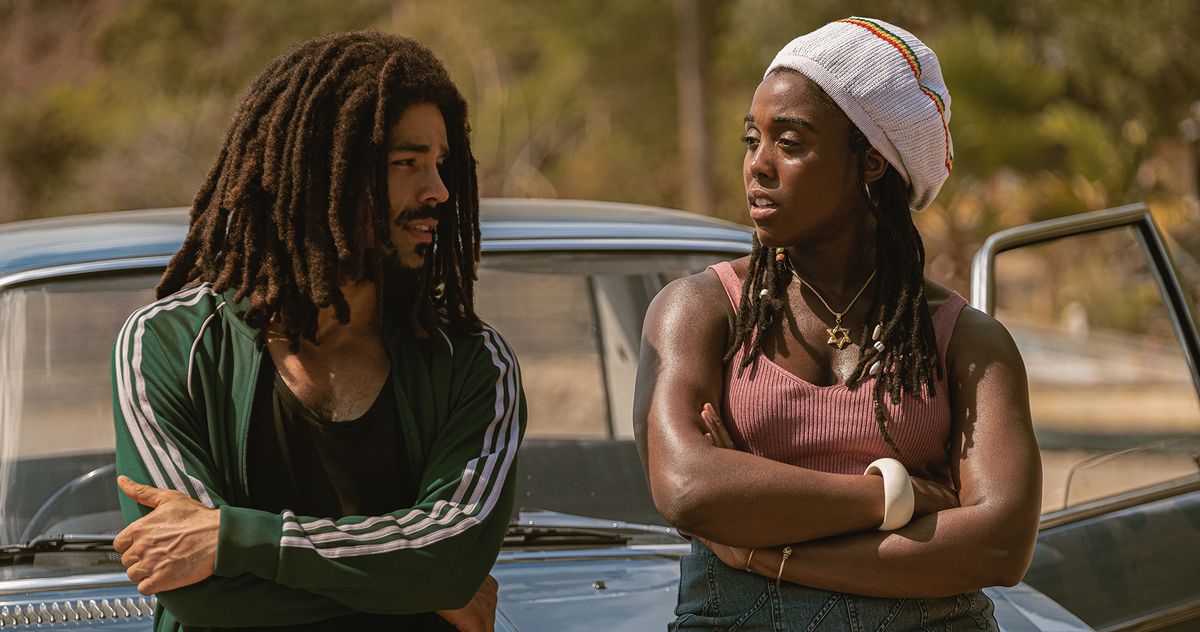
Tom Sizemore Made You Uncomfortable
Tom Sizemore had a wicked grin, a raucous laugh, and a gleam in his eye that could signal a pledge of eternal loyalty or impending murder, depending on the role. Unpredictability and menace defined his signature parts, and even when he played good guys, there was a darkness to them. He acted in dozens of memorable films, including True Romance, Strange Days, Natural Born Killers, Heat, Saving Private Ryan, Black Hawk Down, and Pearl Harbor. Offscreen, he abused heroin, cocaine, alcohol, and crystal meth, and during periods when he wasn’t using, he talked to reporters about how hard it was to stay clean. He remained in demand after his ’90s peak, even as his addiction, which he variously said began in his early 30s after moving to Hollywood and as a high schooler in Detroit, sent him spiraling. His career endured even after he was accused of violent crimes, did mandatory public service and counseling for substance abuse and anger management, and served jail time. Then a brain aneurysm on February 18 left him comatose for two weeks, and after doctors said there was “no further hope,” his family removed the 61-year-old from life support on the evening of March 3.
As an actor, Sizemore was all-in, always. Sometimes—as in Strange Days and Natural Born Killers, playing drug-addled, murderous sex offenders hiding in plain sight—he went deeper into nastiness than even hardened viewers could take. In roles where Sizemore played against type—the committed soldiers of Saving Private Ryan, Pearl Harbor and Black Hawk Down; Michael Cerrito, the steady right hand of Robert De Niro’s master thief Neil McCauley in Heat—part of his power came from the cognitive dissonance of seeing one of cinema’s scariest sleazebags cast as a soft-spoken guardian of civilization or a nuanced antihero with good qualities. There would be a period where you’d wait for the other shoe to drop, revealing Sizemore’s character as a secret monster — and when it became clear that he wasn’t one, his character’s allies seemed more formidable, because they’d somehow persuaded a wolf to guard the farm. When Sizemore played corrupt cops, gangsters, drug-addled public servants, assassins, rapists, black marketeers, and other unsavory types—or more workaday self-destructive characters, like the speed-crazed ambulance driver in Martin Scorsese’s Bringing Out the Dead—the film or TV episode around him came alive with chaotic possibilities. There was nothing so unspeakable that you couldn’t picture Sizemore doing it, with gusto.
Born in Detroit to a lawyer and philosopher teacher father and a mother who worked for the city’s ombudsman department, Sizemore got a master’s degree in theater from Temple University in 1986 and landed his first major screen roles three years later, in Oliver Stone’s Born on the Fourth of July and John Flynn’s prison potboiler Lock Up. Born cast him as one of the paraplegic Vietnam veterans in a Mexican colony that Tom Cruise’s wounded Marine Ron Kovic visits after the war. He had few lines but still made a fearsome impression, convincing viewers that he was every bit as hard and wild as the leader of the group (played by Willem Dafoe, no slouch at inhabiting flamboyantly disreputable outsiders).
In Lock Up he was a maximum-security prison inmate named Dallas who befriends Sylvester Stallone’s hero Leone, betrays him to Donald Sutherland’s evil warden, then achieves redemption by threatening to electrocute himself while he’s neck-deep in brackish water order to stop a guard from recapturing Leone. It’s one of the unheralded great screen deaths of the ’80s, thanks to Sizemore’s James Cagney–level energy. He responds to the guard’s taunts that he doesn’t have the guts to off himself by repeating “You’re wrong!” three ways (puckishly defiant, gleefully unhinged, and righteously committed) then frying himself, giggle-shrieking with his last breath.
Sizemore was aces at dying on camera. Directors must have loved watching him go because they kept casting him as characters who met staggeringly violent ends — and who often deserved to suffer. He made another hall-of-fame exit two years later as a remorseless bank CEO in 1991’s Harley Davidson and The Marlboro Man, falling through shattered skyscraper windows while clutching one of Don Johnson’s cowboy boots. During that same period he showed a softer side in the ABC Vietnam war drama China Beach as a soldier in love with Dana Delaney’s heroine, US Army nurse Colleen McMurphy. But even though he was effective as sweet guys, in fury he became electric. Over the next decade and a half, his peak as a Hollywood actor, he kept cranking up the voltage.


Approaching Omaha Beach with Tom Hanks’s Captain Miller in Saving Private Ryan.Photo: PictureLux / The Hollywood Archive/Alamy Stock Photo
His career started to ebb after that, thanks mainly to the fact that offscreen, Sizemore was a mess—and profoundly disturbed. He was one of a long line of screen performers whose brilliance was shadowed by shocking offenses that employers were willing to factor into the hiring process because of his track record of superlative performances. His life was filled with reprieves and second chances, offered in hopes that he could learn to control his addictive, destructive, and sometimes violent inclinations. Everyone who saw him act wanted him to get clean and stay that way.
Steven Spielberg knew Sizemore struggled with addiction when he booked him for Ryan in 1997, and made daily drug tests mandatory, warning Sizemore that if he tested positive on the last day, he’d reshoot every one of his 58 days of work with a new actor. Sizemore passed the tests and gave one of his finest performances. By most accounts not provided by Sizemore, the actor’s longest period of sobriety was from the shooting of Ryan through sometime in 2002. He told The Daily Beast, “Honestly, I did it to stay married.” He didn’t— he and his wife Meave Quinlan porced in 1999—but he said he kept clean for another three years. In 2005 he became a father to twin sons Jaden and Jagger, by then-girlfriend Janelle McIntyre. He started using again, went on Celebrity Rehab in 2010 under the supervision of Dr. Drew Pinsky, then appeared in the follow-up, Sober House, advising addicts in early stages of recovery. The rehab shows were sandwiched between arrests on suspicion of battering women, in 2009 and 2011.
Sizemore said that when he was on Rehab, “I was going through terrible withdrawal and really wasn’t conscious of what was going on” and experienced “another period of grieving” six months later when he saw himself on video at his most abased. “I’m grateful I have that since addicts have the propensity to forget how bad it was,” he said, “and I can’t because it’s there on tape.” He would later say that his drug use after the turn of the millennium destroyed him financially, costing him his $7 million house and rendering him functionally homeless. In 2013, he was caught on video using heroin and crystal meth in the bathroom of his Los Angeles home and making racist remarks. The next year the recording was published by The National Enquirer and recirculated by tabloid websites. Sizemore said he was surprised to see it because he’d paid $500,000 to suppress it. That was also the year that he published a memoir about his recovery from addiction, titled By Some Miracle, I Made It Out of There.
In 2017, Sizemore pled no contest to two counts of committing domestic violence for hitting his then-girlfriend on a Los Angeles street corner a year earlier. That was a busy year for him. He gave an interview to the Daily Mail about his sobriety (he was four years in, he said) and invited the reporter and photographer to watch him undergo hair restoration surgery and publish the pictures in the newspaper. He was also accused of the sexual assault of an 11-year old girl who was with him on the set of the 2003 film Born Killers (no relation to the Stone movie) after the Hollywood Reporter published an investigative piece based on interviews with people who’d worked on the shoot 14 years earlier. The police investigation was halted, but the actor was subsequently dropped by his talent agency, and a production assistant on the shoot told The Hollywood Reporter that one of the producers had to talk crewmembers out of visiting Sizemore’s trailer with hammers. That incident occurred the same year that Sizemore was convicted of harassing and abusing his ex-girlfriend, the former “Hollywood Madam” Heidi Fleiss, “I have dealt with a lot of people doing a lot of different things,” Fleiss said in a 2017 interview about the allegations that her ex abused a minor. “It’s different with Tom. He’s a whole other level.”
Nevertheless, Sizemore continued to work steadily during those low points (even if the second half of his career involved mostly cameos and supporting or guest roles). In 2017 alone, there were 18 projects featuring Sizemore, including David Lynch and Mark Frost’s Twin Peaks: The Return and the USA action series Shooter, in which he had a recurring role as a shadowy black ops figure. He managed to be surprising, funny, and mesmerizing even in tiny roles that asked little of him. As of this writing, his IMDB filmography lists 229 titles. Another 30 have yet to be released.
The darkness that Sizemore channeled onscreen was uniquely disconcerting. He was a straight razor in the form of an actor: functional, elegant, beautiful in repose, but capable of unfolding himself without warning and cutting the viewer to the bone. He gave the meanest, bloodiest films a jolt just by showing up. In quieter, more tenderhearted roles, he radiated a mix of discomfort, sorrow, and impending self-negation that only sometimes seemed indicated by the script.
“I used to blame my problems on other people,” Sizemore told The Daily Beast, in a 2017 profile titled “From Drug Addict to Hollywood Resurrection” that focused on his most recent period of sobriety (14 months as of that moment, he told the reporter). “But my moment of clarity, if you want to call it that, came when I was looking in the mirror one day and just burst into tears. It wasn’t just that I looked bad, it was that I knew my problem was me. I used to think it was Heidi [Fleiss] or the police trying to find some sort of scapegoat, but I could suddenly see that it was me, and that it had always been me.”



















































































